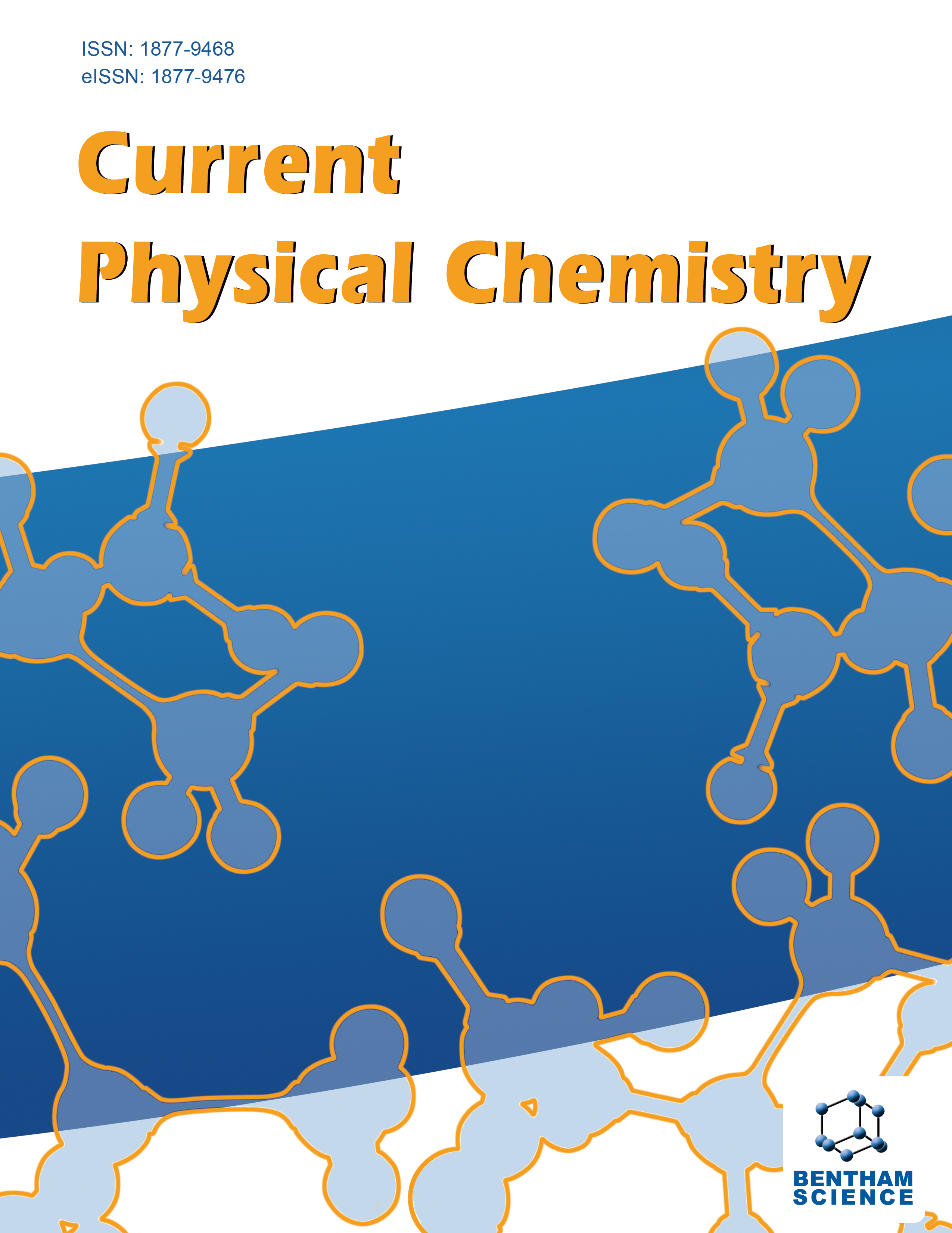-
s Rare Earth Doped Hydroxyapatite Nanoparticles for In Vitro Bioimaging Applications
- Source: Current Physical Chemistry, Volume 9, Issue 2, Aug 2019, p. 94 - 109
-
- 01 Aug 2019
Abstract
Background: Fluorescence based bioimaging is one of the widely used method for obtaining imperative information on life processes. Objective: Within the expansive spectrum of fluorescent agents being investigated, the trivalent Lanthanide (Ln) ion based nanoparticles have attracted attention due to their intrinsic luminescence property. Methods: Here we report a modified sol gel assisted synthesis of Europium (Eu) and Samarium (Sm) doped Hydroxyapatite nanoparticles (HAp NPs). Doping Ln ions in the selffluorescent hydroxyapatite lattice contributed towards an increased luminescence in the NPs. Results: The XRD patterns reveal that the Eu+3 and Sm+3 doped HAp NPs display the characteristic peaks of hydroxyapatite in a hexagonal lattice structure, and the FTIR data confirms presence of characteristic functional groups. The as-synthesized HAp NPs exhibit short rod-shaped morphology with average length less than 60 nm. Upon excitation at representative wavelengths, the doped HAp NPs demonstrated characteristic emission lines of Eu+3 and Sm+3. Conclusion: The as-synthesized NPs displayed no toxicity towards HeLa cells and are easily internalized, exhibiting their potential as promising live cell bioimaging agents.


